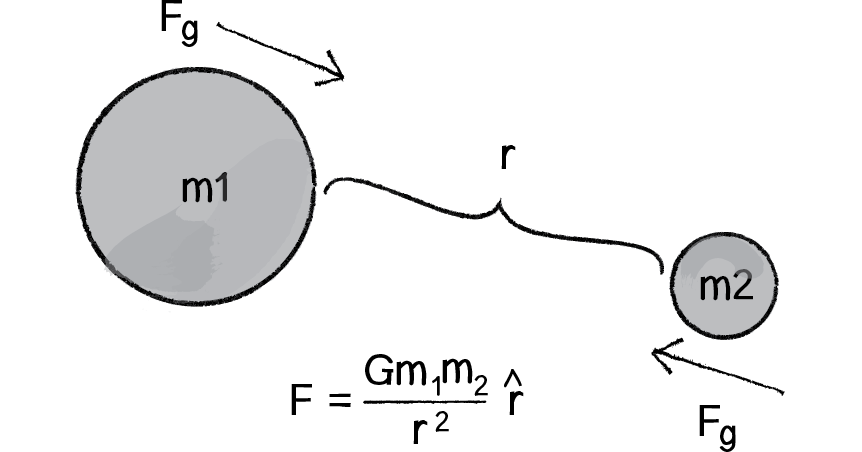Which Change Will Always Result in an Increase in the Gravitational Force Between Two Objects?
The gravitational force between two objects is a fundamental concept in physics. It plays a crucial role in understanding the dynamics of celestial bodies and everyday phenomena on Earth. In this article, we will explore different scenarios and discuss the changes that will always result in an increase in the gravitational force between two objects. Understanding these changes can help us comprehend the factors that affect the gravitational interaction between objects.

Which change will always result in an increase in the gravitational force between two objects ?
1. Understanding the Gravitational Force
a. Definition: The gravitational force is an attractive force that exists between two objects due to their mass. It follows the law of universal gravitation, which states that the force is directly proportional to the product of their masses and inversely proportional to the square of the distance between them.
b. Importance: The gravitational force governs the motion of celestial bodies, influences the tides, and keeps us grounded on Earth.
2. Factors Affecting the Gravitational Force
a. Mass of Objects: The gravitational force increases with an increase in the mass of either object. More massive objects exert a stronger gravitational pull.
b. Distance between Objects: The gravitational force decreases as the distance between objects increases. It follows an inverse-square relationship, meaning that doubling the distance results in a quarter of the original force.
3. Changes That Result in an Increase in Gravitational Force
a. Increase in Mass: Increasing the mass of one or both objects will result in a proportional increase in the gravitational force between them. For example, doubling the mass of an object will double the gravitational force.
b. Decrease in Distance: Bringing two objects closer together will increase the gravitational force between them. As the distance decreases, the force becomes stronger according to the inverse-square law.
4. Examples of Increasing Gravitational Force
a. Collapsing Star: When a star collapses under its own gravitational pull, its mass becomes concentrated, resulting in a significant increase in gravitational force.
b. Earth and Moon: As the Moon moves closer to Earth, the gravitational force between them increases. This phenomenon is observed during lunar perigee, when the Moon is closest to Earth.
c. Planetary Orbit: When a spacecraft or satellite approaches a planet, the gravitational force between them increases due to the decrease in distance.
5. Importance of Gravitational Force
a. Celestial Mechanics: The gravitational force governs the motion of planets, moons, comets, and other celestial bodies in the universe.
b. Planetary Systems: Understanding the gravitational force is crucial for studying the formation and stability of planetary systems.
c. Space Exploration: Calculating gravitational forces is essential for spacecraft trajectory planning, orbital maneuvers, and interplanetary missions.

Newton's Gravitational Law
The gravitational force between two objects can be influenced by changes in mass and distance. Increasing the mass of one or both objects or decreasing the distance between them will result in an increase in the gravitational force. Understanding the factors that affect the gravitational force is crucial for comprehending celestial mechanics, planetary systems, and space exploration.
By delving into the intricacies of the gravitational force, we gain a deeper appreciation for the fundamental laws that govern the universe. So, whether you're pondering the dynamics of the solar system or marveling at the wonders of space exploration, understanding the gravitational force is key to unraveling the mysteries of our cosmos.